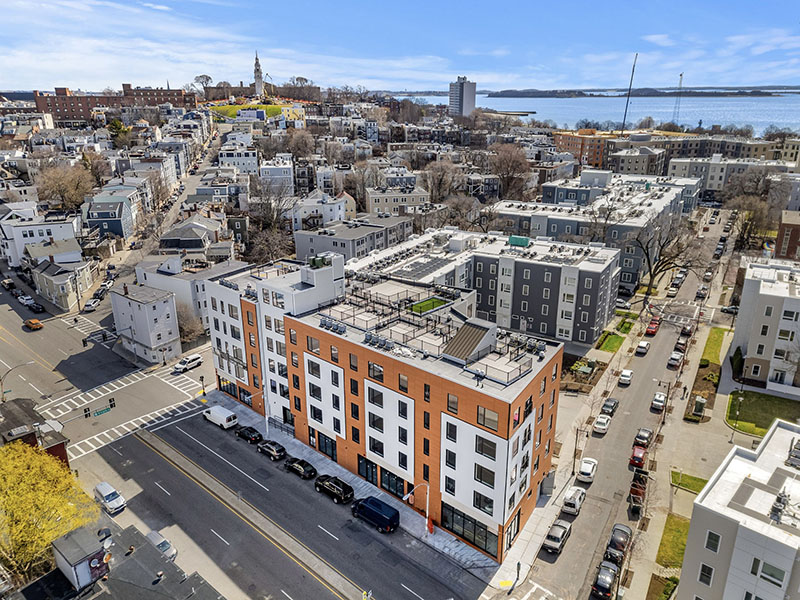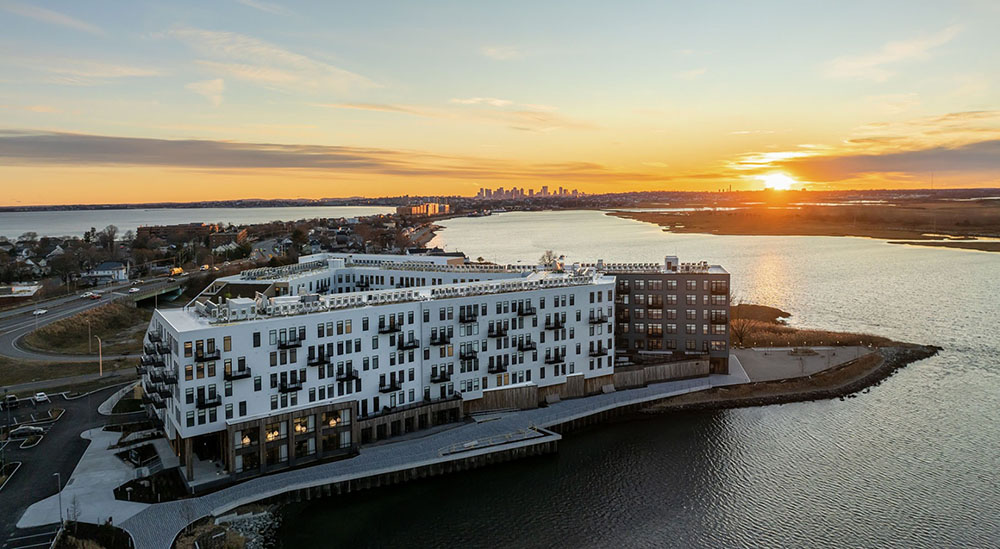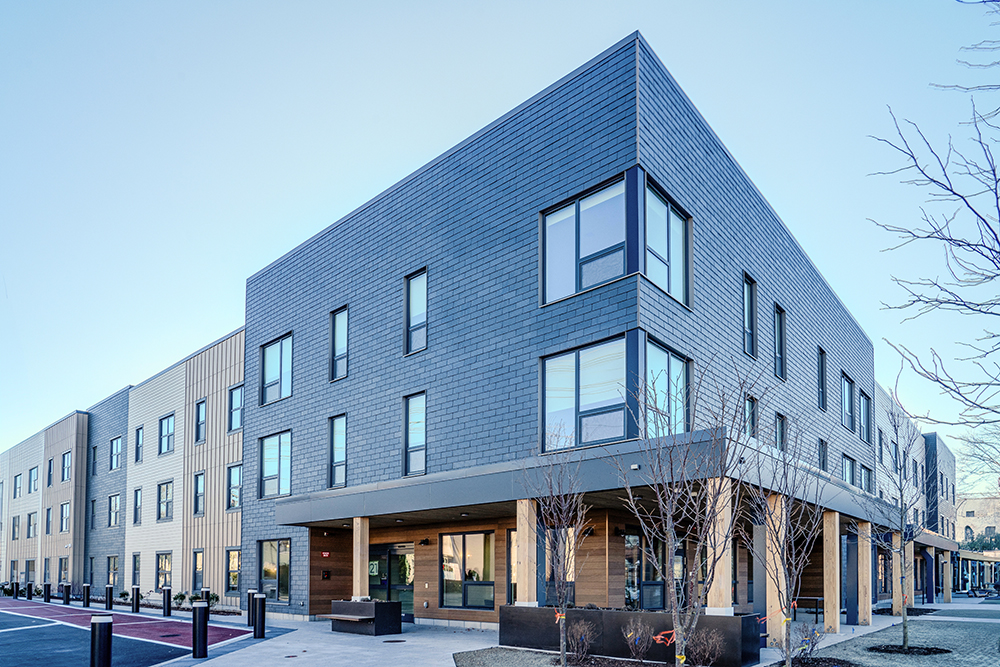The value of comfort: The workplace will never be as convenient as home, but it can be as comfortable - by Steve Hibbard

In real estate construction and development, there are numerous balances struck between comfort and affordability. We all want the class A office space with artisanal trimmed offices, brilliant lighting, silent air systems, and the hilltop belvedere view from the executive suite. Everyone wants that coveted corner office. Opulent requests exceedingly outweigh the simple creature comforts of environmental design.
The first budget cuts conserving the bottom line always bite at the hidden systems that receive little consideration until the first complaint is lodged by a tenant. Those who are unhappy with the spec book consequence find upgrading alterations too disruptive and cost prohibitive after moving in. Cutting the invisible to create budgetary space for the top tier millwork was an easy choice up front. The posh look of the entry foyer full of artwork by obscure artists always comes first. But for this we sacrifice compartmentalized warmth in winter, and the cool breeze across our skin in summer to further the appeal of the superficial to the eye.
While the aesthetic intrinsic visual value holds elevated status in design criteria, particularly in the ocular world of architecture, these features add nothing to physical comfort for the people who inhabit the space. Comfort is much more carnal than the appeal of a sleek stone countertop in a kitchenette; more fleeting than the new wainscotting in the executive board room. Relief in its most basic form prevails as an easy rest without need for adjustment. Spec-book builds too often result in unquenchable complaints by inhabitants who are chilly, especially when another person seated just a few cubes away is too warm. As personalized as temperature needs may be, comfort is a major driver of relaxation and productivity. Placidity clears the sterility of commercial space.
As empty cubes, offices, and executive suites stand idle waiting for their persistent suburbanites to return to the cold brick and mortar of the office, competition for labor is stiff and it’s not the usual suspects in contention. Companies have always faced each other in the talent acquisition pool however they are now also in opposition with the home environment; the cozy blanket on the couch while working from a laptop, the ease of adjustment to the home thermostat. Leaders find themselves scrambling to bring comfort back into the office and with it, the return of the people. Game rooms are making a come-back. Fitness areas and coffee stations are more and more frequent additions to projects. Yet the budgetary forces that limit creature comforts are always clipped as closely as code constraints allow, suiting the all-important bottom line of a construction budget.
When the construction crews wrap up and the space is turned over, no one will remember the price tag. Designers overlook the chill of a cold desk. Architects do not receive the complaint call from the office admin with AC blowing on the back of their neck, or the chorus of office workers in an uncomfortable stuffy summer quadrant full of cubes with the adjacent poor hygiene of that one coworker.
When renovating an office to win back the population of commuting high-rise workers, executives need designers to think outside of the box. Offices can provide the simple comforts of home. Sure, a refreshed office with a coffee bar helps for the afternoon crash, but it does little for relaxation, nothing for cold toes under a desk. The artful accent walls, reading nooks, and clever architectural elements only lend comfort to the eyes; while the body longs for the warmth of the couch, the breeze of the ceiling fan in the home office. When will the warm hug of radiant floors make the commute to the office? When will the fresh summer breeze blow through an open operable window in the conference room? Without the available adjustability of relaxation in the workplace being as simple as turning up and down the speeds of the ceiling fan in the kitchen, there will always be an extra competitor in the commercial workspace market. The luxury of home.
A properly tempered mixture of fresh air into an office can transform the stuffy feel of a busy cubicle into a fresh clean and energized space. Radiant systems can shine on your back like the sun of a southern Californian city. Air ionization technologies eliminate airborne germs and will make even the most odorous of office inhabitants a distant memory. Smaller independent control zones, with relative discharge air temperatures end the nagging cold blow from the back of your neck. All these complaints have been brought to me in the past, each with an administrator devoid of budget in search of a solution.
As Benjamin Franklin once famously said “an ounce of prevention is worth a pound of cure”; the same rings true for commercial development. Affordable ideas dropped on the front end require major costs and disturbances to remedy on the back end.
Rarely do construction budgets carry extra value for provisions beyond the required code compliance of ventilation, heating, and cooling in the commercial world. Budget constraints aside, although excellent at code research mechanical engineers are not well versed in equipment created to serve outside of commercial expectations. These technologies primarily fit a home aesthetic, more recently appearing in the restaurant scene – typically those specializing in comfort foods and extended stays. By drawing on experiences in these spheres and adding design amenities during a renovation provides new features to showcase with talent in the struggle to fill the office void.
The workplace will never be as convenient as home, but it can be as comfortable.
Steve Hibbard is the director of operations at Tech Mechanical Systems, Inc., Bridgewater, Mass.
Zanzibar Capital opens Vesta, 32-unit condominium complex


The value of comfort: The workplace will never be as convenient as home, but it can be as comfortable - by Steve Hibbard

Brownfield redevelopment: Sometimes it’s not just about economic development - by George Naslas

Capitalizing on next-gen electric vehicle charging in New York/New England real estate - by Hooman Shahidi

You can’t manage what you don’t measure - by Jay O'Connor
Reasons to submeter electrical and HVAC Loads At standalone and multi-unit properties. As a property owner or manager, we all should understand the importance of managing costs, promoting conservation efforts, and maintaining compliance with regulations. Submetering is a powerful tool that can help you achieve these goals and more.








.png)
